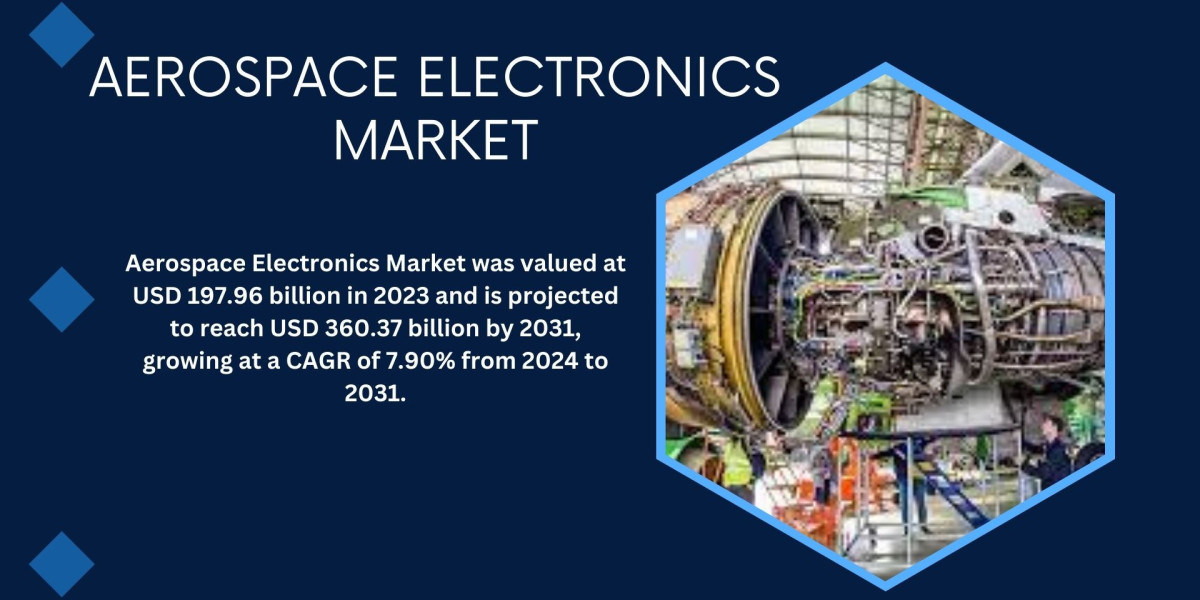The Internet of Things (IoT) has become an integral part of modern business operations, enabling organizations to collect and analyze data from connected devices to make more informed decisions. However, the process of integrating IoT into existing systems and deploying IoT solutions can present significant challenges. From ensuring compatibility with legacy infrastructure to addressing data security concerns, businesses need to navigate these hurdles carefully to achieve seamless deployment and derive the full benefits of IoT.
Working with experienced IoT service providers can help businesses mitigate these challenges, but understanding the potential obstacles and how to overcome them is essential for success. In this blog, we will explore common IoT integration challenges and discuss best practices to ensure a smooth deployment, helping organizations optimize their IoT solutions for maximum efficiency and impact.
- Understanding IoT Integration Challenges
The integration of IoT into an organization’s infrastructure is not a one-size-fits-all process. IoT solutions often require different components to work together seamlessly, including sensors, devices, networks, and cloud platforms. The challenge lies in aligning these components with existing business systems and ensuring that they operate smoothly without creating inefficiencies or additional costs.
Common challenges include issues with device compatibility, network security, data management, and scalability. In addition, there are concerns around data privacy and regulatory compliance, especially when IoT solutions are deployed in sectors like healthcare or manufacturing where sensitive data is handled. These challenges require thoughtful planning and expertise to overcome. This is where IoT service providers come in, offering specialized knowledge and experience to ensure a smooth and secure integration process.
- Device Compatibility and Interoperability
One of the most significant challenges in IoT integration is ensuring compatibility and interoperability among the diverse range of devices and systems in an organization. IoT solutions often involve various devices from different manufacturers, each with its own specifications, communication protocols, and standards.
Incompatible devices can cause data discrepancies, communication breakdowns, or failures to function as intended, which can impact the overall performance of the IoT solution. This is particularly problematic for businesses that rely on a wide variety of devices to perform different tasks.
To overcome these issues, it’s essential to standardize communication protocols and ensure that all devices are compatible with the central IoT platform. Many IoT service providers offer solutions that address interoperability challenges by incorporating edge computing, cloud platforms, and gateways that facilitate communication between devices and systems. Additionally, businesses should work closely with providers to ensure that the devices selected are capable of supporting the necessary communication protocols and standards.
- Network Connectivity and Data Transfer
For IoT systems to work effectively, reliable network connectivity is essential. IoT devices rely on cloud platforms to transmit data, making it necessary to have a secure and stable network connection. In areas with weak or unstable internet connections, IoT devices may fail to communicate effectively, resulting in data loss or delayed responses.
Choosing the right communication network for the IoT solution is crucial. Businesses must decide whether to use Wi-Fi, Bluetooth, cellular networks, or other communication technologies based on the range, speed, and power requirements of the devices. In many cases, it’s also necessary to consider the option of using low-power wide-area networks (LPWAN) for remote or rural deployments.
The challenge is further complicated by the need for data security during transfer. IoT devices often transmit sensitive data, and the risk of interception or cyberattacks is a serious concern. To mitigate these risks, businesses must implement robust encryption techniques and ensure that data transfer processes are secure.
- Data Management and Analytics
The success of IoT systems depends not only on the devices and networks but also on how the data they generate is managed, stored, and analyzed. With the vast amount of data IoT systems produce, businesses must have effective data management strategies in place. Without a robust infrastructure, managing, storing, and analyzing this data can become overwhelming and lead to inefficiencies.
Another challenge is ensuring the quality and accuracy of the data. The integration of IoT devices should include data validation processes to filter out any corrupted or irrelevant data, which could affect decision-making.
IoT solutions can help businesses harness the power of big data by integrating advanced analytics tools. These tools enable real-time data analysis, helping organizations derive actionable insights from the data collected by IoT devices. However, implementing these solutions requires expertise in data processing, storage systems, and analytics tools, which can add to the overall cost of the integration.
If you're unsure about the costs involved in implementing IoT solutions and want a clearer understanding of the budget required, a mobile app cost calculator can help. By estimating the potential costs of integrating IoT technologies with your mobile application, businesses can better manage their budgets and plan for the implementation phase.
If you're interested in exploring the benefits of Iot solutions for your business, we encourage you to book an appointment with our team of experts.
- Security and Privacy Concerns
Security is one of the most critical aspects of IoT integration. As IoT systems handle sensitive data and connect numerous devices to the internet, they become prime targets for cyberattacks. Inadequate security measures can expose businesses to risks such as data breaches, hacking, and unauthorized access to critical systems.
To overcome security challenges, businesses must implement end-to-end encryption, secure authentication methods, and regular security updates for IoT devices. It's also essential to use secure networks for data transmission and ensure that devices are regularly monitored for vulnerabilities.
Additionally, businesses must comply with data privacy regulations, such as the General Data Protection Regulation (GDPR) or the Health Insurance Portability and Accountability Act (HIPAA), depending on the industry. Compliance adds another layer of complexity to IoT integration, as businesses need to ensure that their systems meet the required standards for data protection and user privacy.
- Scalability and Future-Proofing
Scalability is another challenge organizations face when integrating IoT solutions. As businesses grow, the number of connected devices and the volume of data generated can increase exponentially. IoT solutions need to be scalable to accommodate this growth without causing performance issues or overloading the system.
Businesses should choose IoT platforms and devices that are flexible and capable of scaling easily as needed. Working with experienced IoT service providers can ensure that the infrastructure is designed with scalability in mind. Additionally, businesses should regularly assess their IoT solutions to ensure they remain adaptable to future technologies and evolving business needs.
Future-proofing IoT solutions is essential, as the technology landscape is constantly evolving. By selecting modular solutions and investing in systems that can easily integrate with emerging technologies, businesses can ensure that their IoT systems remain relevant and capable of supporting new innovations.
- Collaborating with the Right IoT Solutions Provider
One of the most effective ways to ensure seamless IoT deployment is by partnering with the right IoT solutions provider. An experienced provider will have the expertise and resources necessary to tackle the complexities of IoT integration, from device compatibility and data security to network management and scalability.
By collaborating with a trusted provider, businesses can reduce the risk of errors, minimize delays, and ensure that their IoT solutions are designed to meet both their immediate needs and long-term goals. A reliable IoT solutions provider will also offer ongoing support and maintenance to ensure that the IoT system continues to perform optimally throughout its lifecycle.
Conclusion
Integrating IoT solutions into business operations can offer tremendous benefits, but it’s essential to understand and address the challenges involved. From ensuring device compatibility to managing data and maintaining security, businesses need to approach IoT integration with careful planning and the right expertise.
By partnering with experienced IoT service providers and utilizing the right tools, businesses can navigate these challenges and ensure seamless deployment. Whether you’re implementing IoT solutions for the first time or looking to expand your current infrastructure, selecting the right IoT solutions and support team is key to your success.















